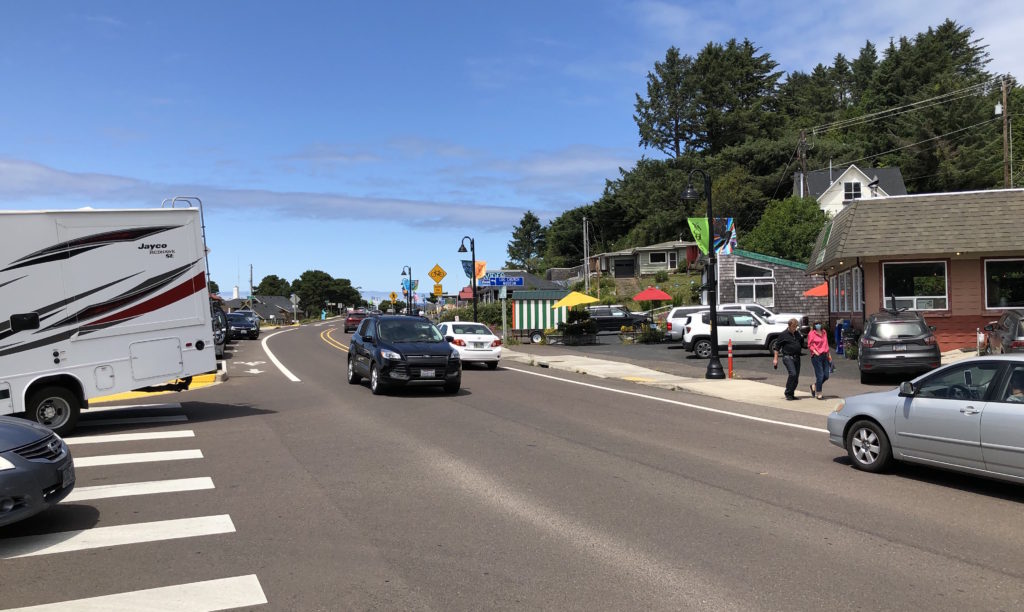
By DANA TIMS/YachatsNews.com
The July 4 weekend normally kicks off a two-month stretch that’s akin to harvest season for the coast’s $2.1 billion tourism industry. But it will be nothing close to normal this year.
With coronavirus cases again surging in Oregon and coastal counties, the agencies and groups who typically blare a “Come Visit!” message are wrestling with how to balance the economic concerns critical to businesses with the needs of residents, workers and visitors to remain healthy and virus-free.
Restaurants, hotels, vacation rental companies, retailers and others are all struggling to figure out how they can reap sufficient profits during the summer that are critical to surviving through the winter’s inevitable slowdown. Meanwhile, July 4th fireworks and parades are cancelled. Lincoln County and several cities have enacted social gathering limits to no more than 10 people, and health officials are urging people to stay home to stay safe.
With no blueprint to lead the way, the outlines of that precarious balancing act are nonetheless beginning to take shape.

“A lot of our coastal towns just are not sustainable without tourism,” said Zak Shelhamer, the marketing coordinator for the Oregon Coast Visitors Association, a regional arm of Travel Oregon. “That said, we are definitely not putting out the message telling people to come here right now. It’s a difficult trade-off, but one that is obviously the responsible thing to do.”
As with so many things involving coronavirus, however, striking the right tone on tourism-related messaging won’t be easy.
In large part, that’s because the revenues that fuel tourism-promotion groups such as Shelhamer’s rely on have plummeted precipitously since March, when Gov. Kate Brown first announced the extensive shutdowns that, in many forms, remain in place.
“Before the virus hit, our next two-year budget was planned and locked down through 2021,” Shelhamer said. “Now, it’s been blown to tatters.”
Travel Oregon, the statewide tourism planning agency from which Shelhamer’s group gets a substantial portion of its $3.1 million yearly budget, is in similarly dire shape.
The organization gets no general-fund money from the state. Instead, it relies almost entirely on transient lodging taxes generated by overnight room stays. Hotel shutdowns, and the resulting collapse of lodging taxes, have taken a 50 percent bite out of Travel Oregon’s pre-virus budget of $37 million, said Sara Morrissey, the agency’s public affairs manager.
Fully 30 percent of Travel Oregon’s 60-person staff were furloughed June 1, and an overall budget decrease of up to 50 percent is forecast through next year, she said.
“This is going to be a really hard summer for Oregon,” Morrissey said. “We know people want to get out and travel, but we also know people want to be safe in doing that. It’s a difficult balance.”
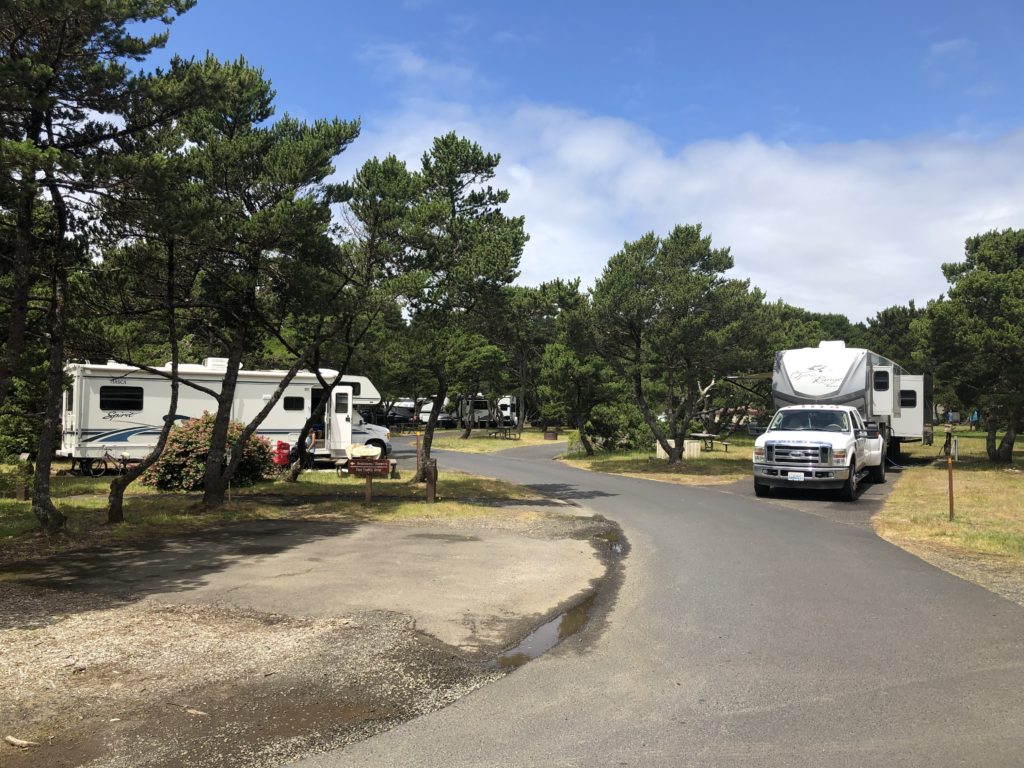
Travel Oregon is now working on a recovery campaign that is focused on touting the same prescriptive measures – wear masks, maintain social distancing, don’t gather in large groups — being underscored by Brown and other governors across the country.
The campaign had been scheduled to roll out as early as July 14, Morrissey said. The recent spike in coronavirus cases has now pushed that back until the beginning of August.
“The fear we all have is of reopening and having to close back down due to virus outbreaks,” she said. “We want to do everything we can to ensure that when we reopen, we stay open.”
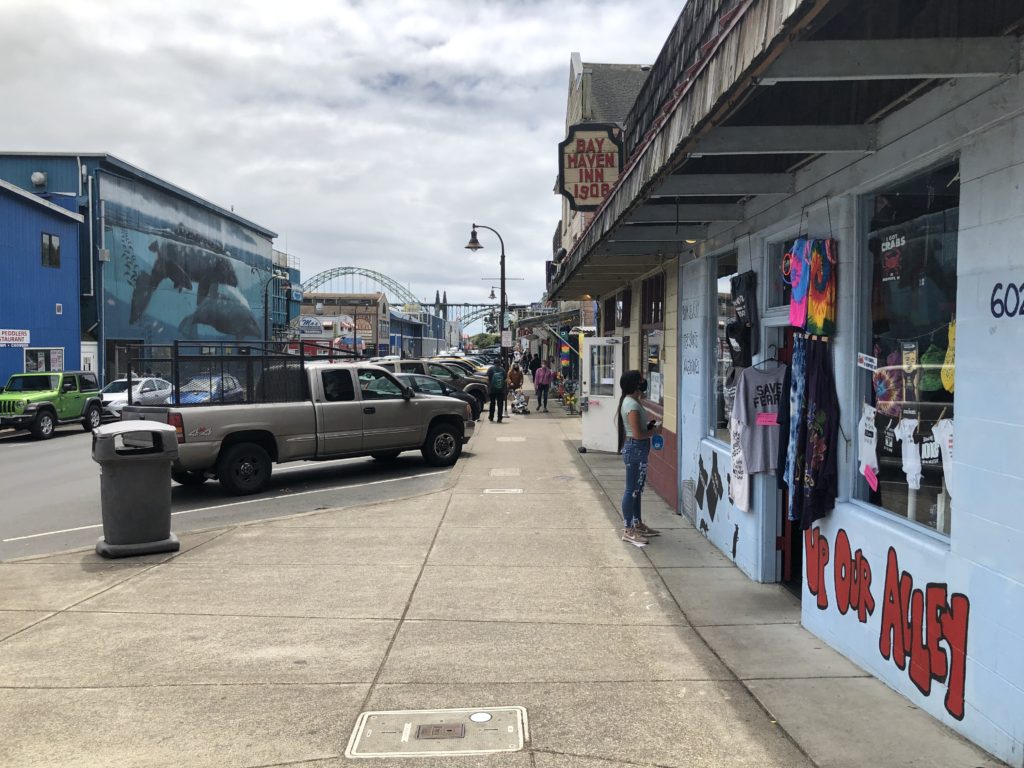
Going digital
One common theme for all of the recovery strategies now being prepared is a shift from traditional print advertising to video and digital campaigns. In an era of such uncertainty, the latter two can be tweaked quickly or removed entirely far easier than tracking down every last magazine ad or printed brochure.
“I hope I’m wrong, but the most likely scenario will be a recovery that looks like a W,” said Matthew Landkamer, a principal at Coraggio Group, a Portland-based consulting firm that advises tourism groups across the country. “That would be a quick bounce back where cases then start to spike up again.”
Digital and video messaging, which can be turned on a dime, are far more suited to adjustment to fast-changing conditions on the ground, he said.
With air travel having been all but grounded by the pandemic, the most likely target of any promotional campaigns is the “drive market,” which comprises those able to hop in their cars and motor to the coast, Landkamer said.
“The pent-up demand to get out and travel is very real,” he said. “Aiming at the drive market is by far the most sensible thing to do right now.”
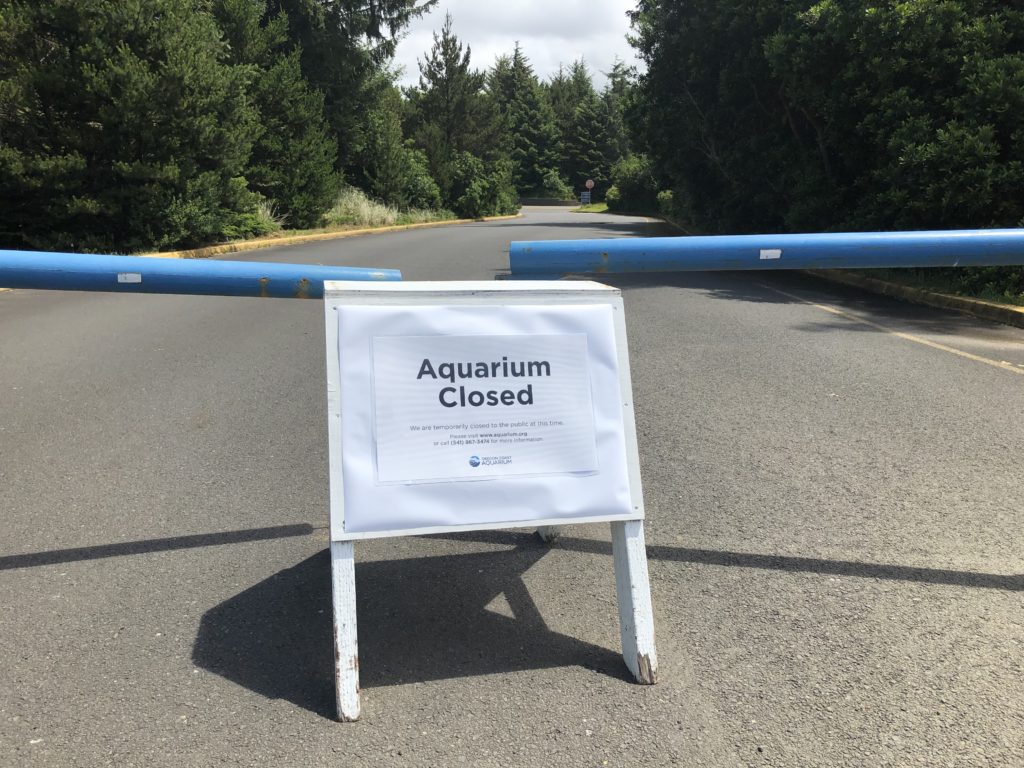
Staying alive, staying well
It’s difficult to overstate the importance of tourism to the towns and cities perched along Oregon’s 363-mile coastline.
In 2018, for instance, coastal tourism spending accounted for more than $2 billion and generated more than 23,400 jobs, according to Oregon Employment Department figures.
Tax receipts from lodging taxes topped $87 million that same year, representing an income stream that both pays for many non-tourism-related city services and helps keep local property taxes low.
The pandemic, in just a short few months, has severely crimped that flow.

Occupancy rates at many hotels currently is at least 30 percent lower than at this time last year. Layoffs of service workers whose businesses are being crushed by the virus has left Lincoln and Clatsop counties with the highest unemployment rates in the state at 26 percent and 24 percent, respectively.
As devastating as those numbers are, hotel, restaurant and other operators say that, as much as they would like to see a flood of summer business, they need to incorporate health and safety concerns into any pro-tourism messages they send out.
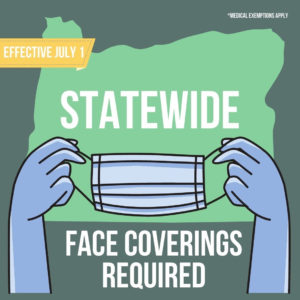
“Our message is wear your mask and be respectful of the local area,” said Heather Hatton, public relations manager at Chinook Winds Casino Resort in Lincoln City. “Any media message really needs to state that fact.”
Ric Rabourn, president and chief executive officer of Hallmark Hospitality Services, which operates hotels and restaurants in Newport and Cannon Beach, agreed. But he sided with the Newport City Council’s recent decision to join some other coastal towns in lifting the requirement that hotels institute a 24-hour holding period between bookings.
“Everybody means well, but there’s a tendency to get caught up in the sentiment, as opposed to the science,” Rabourn said. “We are absolutely committed to keeping visitors safe, but we are confident we can do that and still be able to get our occupancy up.”
Even with the Newport hold lifted, he said, smaller businesses may struggle to make enough money now to last through the winter.
“For a lot of places, lifting this may be the difference between solvency and insolvency entering spring next year,” Rabourn said. “And even without it, there’s no guarantee that everyone will make it.”
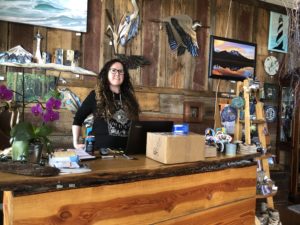
At The Laughing Crab Gallery in Yachats, owner Kim McLaughlin thought she was seeing a much needed uptick in business about a month ago, when a few large on-line sales came through.
Briefly, it seemed to amplify stories McLaughlin had heard from others about Oregon families cancelling their regular trips to Mexico or Hawaii to stay closer to home and spend considerable amounts of money there, instead.
Since then?
“Nothing lately,” she said. “None in the last two weeks, anyway. At this point, we’re not flourishing. We’re just surviving.”
Still, she gets that many people don’t want to travel right now, much less congregate around others. But with July 4 and the pivotal summer season finally at hand, McLaughlin is among many hoping for better things ahead.
“We all still want to be here a year from now,” she said. “For a lot of us, whether that’s the case or not is about to be decided.”



